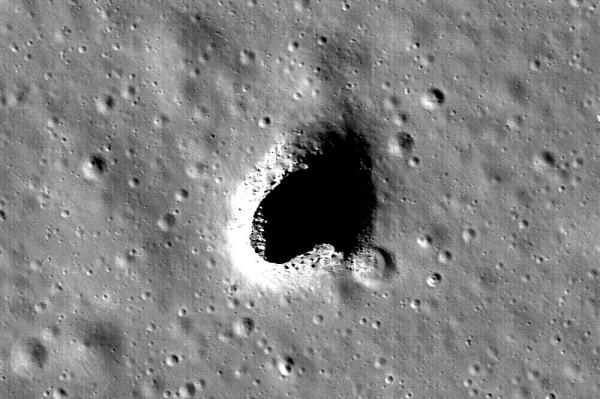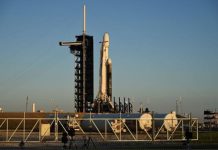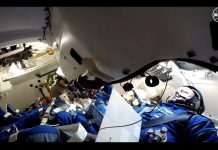
Oct. 19 (UPI) — NASA and other agencies have long considered establishing an outpost on the lunar surface — a moon base. Now, scientists at Purdue University may have found the perfect place for it.
In a new study published this week in the journal Geophysical Research Letters, scientists confirmed the presence of a large lava tube among the Marius Hills, a series of lunar lava domes.
The open lava tube could serve like a giant bunker, providing shelter from the harsh conditions on the moon’s surface. In their study, scientists argue lava tubes offer ideal protection from extreme temperature swings, radiation and meteorite impacts.
Lava tubes form when the outer edges of a lava flow harden into crust and the remaining lava drains away, leaving an empty cylinder.
“It’s important to know where and how big lunar lava tubes are if we’re ever going to construct a lunar base,” Junichi Haruyama, a senior researcher at JAXA, Japan’s space agency, said in a news release. “But knowing these things is also important for basic science. We might get new types of rock samples, heat flow data and lunar quake observation data.”
Scientists have known about the Marius Hills Skylight, the opening to the newly discovered lava tube. But until now, they weren’t sure what the entrance led to.
When JAXA’s SELENE spacecraft bounced radar off the area, the data revealed an echo-like signature suggesting the waves were bouncing back off the floor and ceiling of a tube-like structure. Gravity data from NASA’s GRAIL mission also revealed an absence of mass beneath the surface surrounding the Marius Hills Skylight.
The combination of the two datasets helped scientists get a better idea of how deep and far the cavity stretched beneath the lunar surface.
“Our group at Purdue used the gravity data over that area to infer that the opening was part of a larger system,” said Jay Melosh, a researcher on the GRAIL mission and a professor of planetary science at Purdue. “By using this complimentary technique of radar, they were able to figure out how deep and high the cavities are.”
Earth hosts lava tubes, too, but they’re not nearly as large as those found on the moon. Now, thanks to the latest research, scientists have a better idea of how expansive lunar lava tubes really are.
The new research could prove useful to NASA, as the Trump administration is pushing the space agency to focus on future missions to the moon. NASA is currently working with Russia’s space agency, as well as other national space outfits, to design a lunar space station — a base from which to explore the lunar surface and launch deep space missions to Mars and elsewhere.





